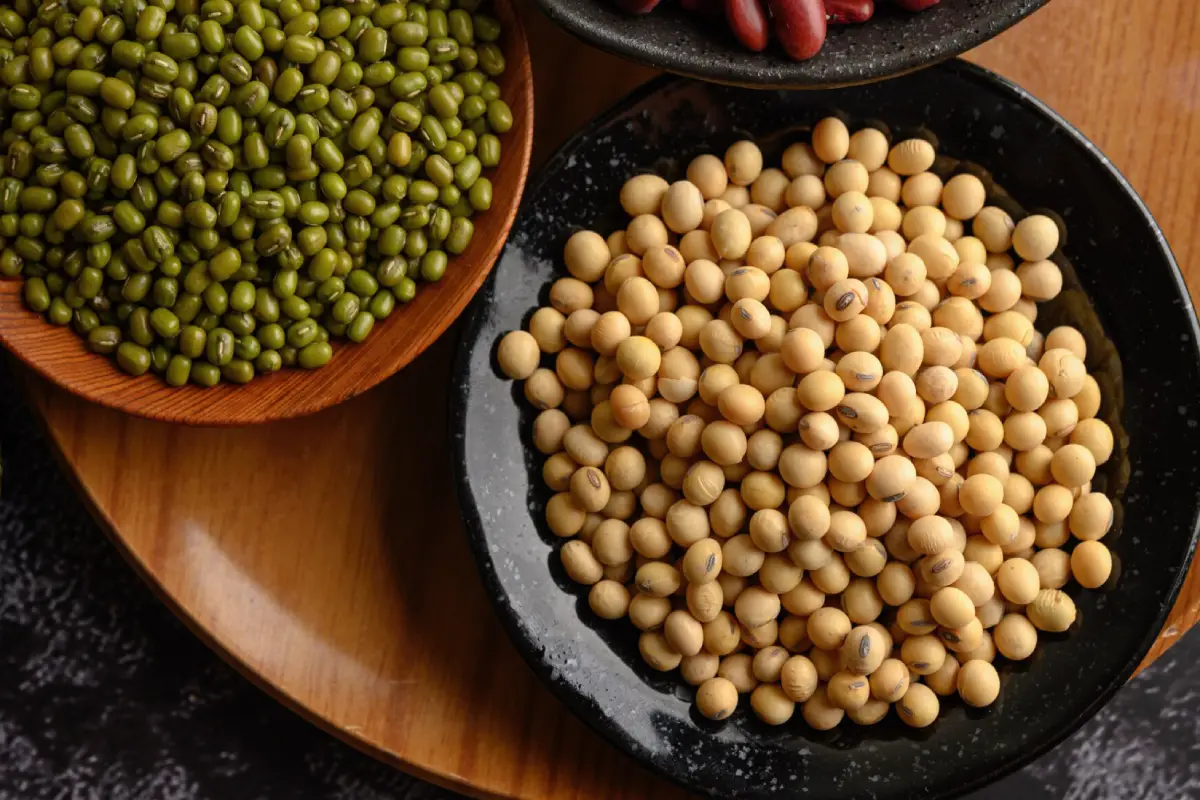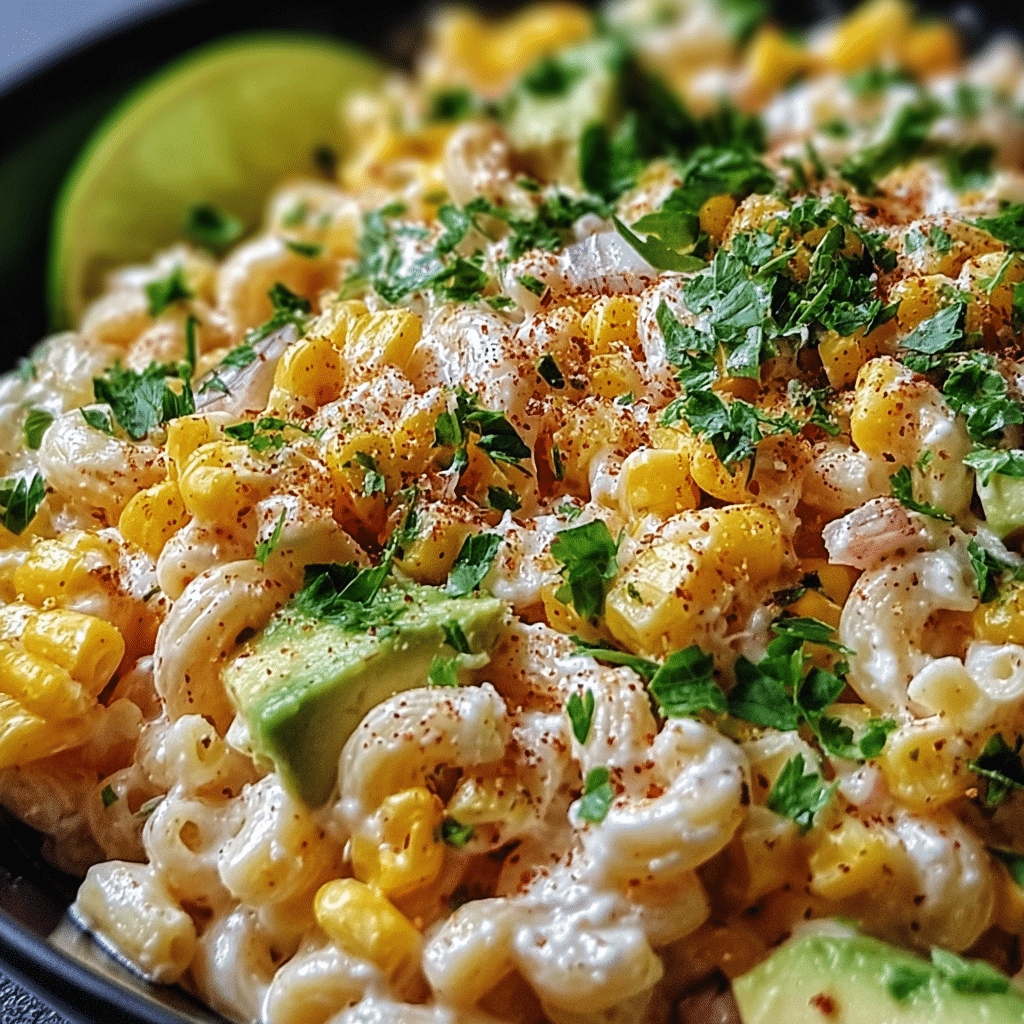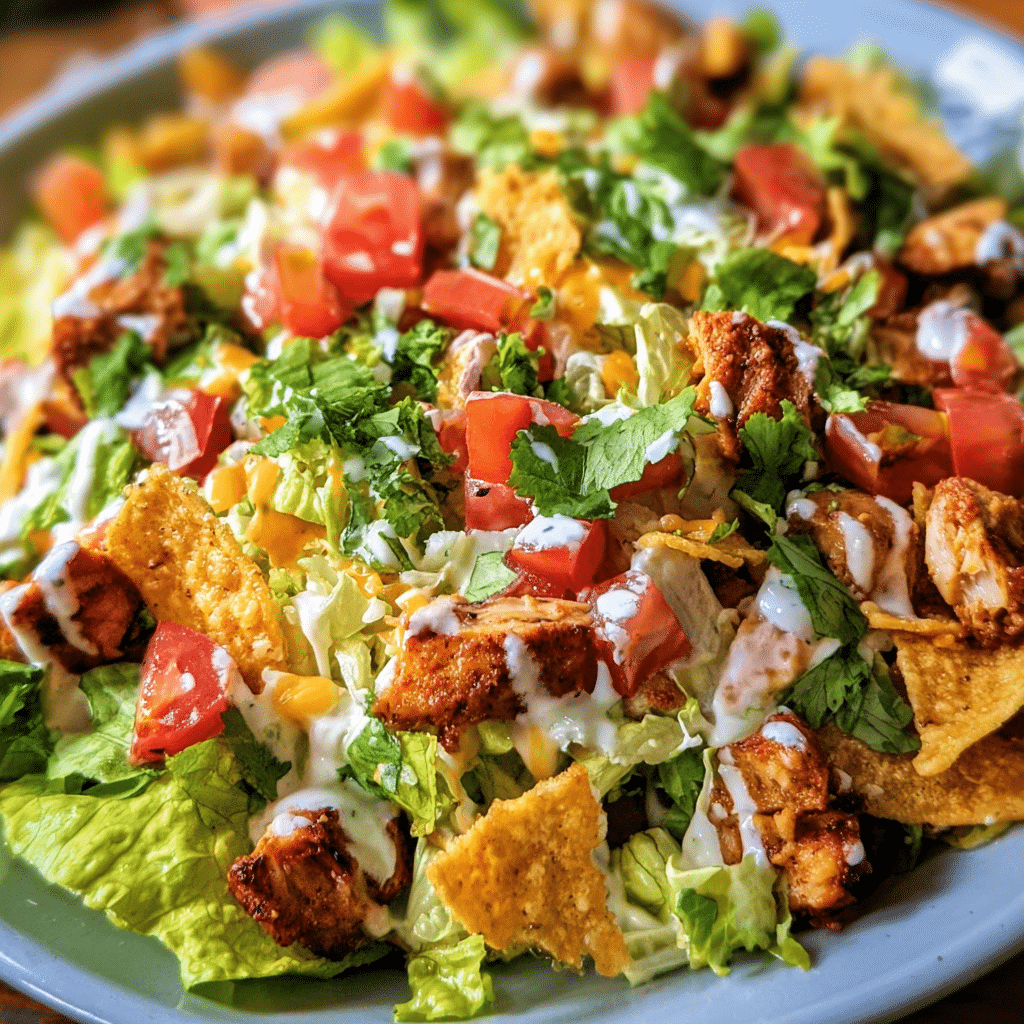Introduction to Black-Eyed Peas: A Nutritional Powerhouse with Rich Cultural Heritage
Best Ways to eat Black-eyed peas, a key ingredient in Southern cuisine, are celebrated for their nutritional value and cultural significance. Originating from West Africa, these legumes have traversed continents, embedding themselves in various culinary traditions around the globe. Particularly in the American South, black-eyed peas are a traditional dish served on New Year’s Day, symbolizing luck and prosperity for the year ahead.
History and Origin
The journey of black-eyed peas began in Africa, where they have been a staple for thousands of years. Brought to the Americas through the transatlantic slave trade, they quickly became an integral part of the culinary landscape. The legume’s ability to thrive in various conditions contributed to its popularity and spread across different regions.
Nutritional Value
Black-eyed peas are a powerhouse of nutrition. Rich in fiber, protein, and iron, they offer numerous health benefits, including improving digestion, supporting weight loss, and enhancing overall heart health. Their low glycemic index makes them an excellent dietary choice for managing blood sugar levels.
Cultural Significance
The cultural importance of black-eyed peas is particularly notable in Southern United States traditions. Consumed on New Year’s Day, they are believed to bring luck and prosperity. This tradition, deeply rooted in African American history, highlights the legume’s significance beyond its nutritional value.
Discovering the Best Ways to Eat Black-Eyed Peas
Exploring the best methods to savor black-eyed peas reveals a variety of recipes and preparations. From traditional stews and salads to innovative dishes that incorporate these legumes, the possibilities are endless. For those seeking to dive deeper into the culinary world of black-eyed peas, YummyGateway offers an insightful guide. Discover a range of recipes and tips on how to make the most of this versatile ingredient by visiting their Black-Eyed Peas Recipe page.
How to Prepare Black-Eyed Peas: A Comprehensive Guide
Choosing and Storing Black-Eyed Peas: Fresh, Dried, or Canned?
Selecting the right type of black-eyed peas and storing them correctly is essential for maximizing flavor and nutritional benefits. Here’s a breakdown of what you need to know:
- Comparing Fresh, Dried, and Canned Black-Eyed Peas
- Fresh black-eyed peas offer the best flavor but require shelling and have a limited shelf life.
- Dried black-eyed peas, a staple in many pantries, need soaking but are a versatile and flavorful option.
- Canned black-eyed peas provide convenience as they’re pre-cooked, though they may have added sodium.
- Expert Storage Tips for Black-Eyed Peas
- Keep dried peas in a cool, dark place in an airtight container for longevity.
- Store fresh peas in the refrigerator and use them within a week for optimal freshness.
- Canned peas should be stored in the pantry and any leftovers refrigerated in a separate container.
Mastering Black-Eyed Peas Preparation: Soaking, Cooking, and Quick Tips
Proper preparation is key to unlocking the delicious taste and health benefits of black-eyed peas. Follow these essential steps:
- The Best Methods for Soaking and Cooking Dried Black-Eyed Peas
- Overnight soaking reduces cooking time and makes peas more digestible.
- After soaking, rinse and simmer the peas until tender, usually about one hour.
- Quick Preparation Techniques for Black-Eyed Peas
- Use the quick-soak method for a faster alternative: boil for two minutes, then let stand for an hour.
- Opt for canned black-eyed peas to save time. Rinse them first to lower sodium content.
For culinary enthusiasts eager to explore the versatility of black-eyed peas, YummyGateway’s detailed Black-Eyed Peas Recipe offers a treasure trove of information. From traditional dishes to innovative recipes, this guide is your go-to resource for incorporating black-eyed peas into your cooking repertoire.
Discover the Best Ways to Enjoy Black-Eyed Peas
Exploring Traditional Recipes for Black-Eyed Peas
Black-eyed peas, a staple in Southern cuisine, offer a versatile and nutritious addition to any meal. Understanding the best methods to prepare and enjoy these legumes can elevate your culinary experience. Here, we delve into two traditional recipes that showcase the rich flavors and cultural significance of black-eyed peas.
Southern-Style Black-Eyed Peas
Southern-style black-eyed peas are more than just a dish; they’re a celebration of culture and tradition, especially on New Year’s Day, symbolizing prosperity and luck. This recipe focuses on slow-cooked black-eyed peas simmered with aromatic spices, pork for flavor, and a hint of heat to create a comforting bowl of goodness.
- Ingredients: Start with dried black-eyed peas, onion, garlic, smoked pork (ham hocks or bacon), chicken broth, and your choice of spices.
- Preparation: Soak the peas overnight, then slow cook with all ingredients until the peas are tender and flavorful.
- Serving suggestion: Serve with cornbread for a traditional Southern meal.
Black-Eyed Peas with Rice (Hoppin’ John)
Hoppin’ John is a classic dish that combines black-eyed peas with rice, vegetables, and smoked pork, offering a complete meal that’s both nutritious and filling. It’s a beloved recipe in the South, often enjoyed on New Year’s Day.
- Ingredients: Requires black-eyed peas, rice, onion, bell pepper, celery, garlic, smoked pork, and spices.
- Preparation: Similar to the Southern-style recipe, but includes rice cooked in the flavorful broth of the black-eyed peas.
- Serving suggestion: Garnish with green onions and serve hot for a hearty and delicious meal.
Innovative and Global Ways to Savor Black-Eyed Peas
Modern Twists on Black-Eyed Peas
In the culinary world, black-eyed peas are celebrated for their versatility and nutritional value. Chefs and home cooks alike have introduced modern twists to traditional recipes, making these legumes a contemporary staple in various diets. Here are some innovative ways to enjoy black-eyed peas:
Best Ways to Eat Black-Eyed Peas Salads
Refreshing and nutritious, black-eyed pea salads are perfect for any season. Combining crisp vegetables, herbs, and a light dressing, these salads make a great side dish or a wholesome main course.
- Ingredients: Mix cooked black-eyed peas with diced tomatoes, cucumbers, red onions, and a tangy vinaigrette.
- Variations: Add avocado or feta cheese for extra creaminess and flavor.
- Health Benefits: Rich in fiber and protein, these salads are not only delicious but also beneficial for your health.
Vegan and Vegetarian Options
Black-eyed peas are a fantastic protein source for vegan and vegetarian diets. Their mild flavor and creamy texture make them an excellent base for various dishes.
- Dish Ideas: Vegan black-eyed pea burgers, vegetarian black-eyed pea chili, and black-eyed pea hummus.
- Cooking Tips: Enhance flavors with spices, herbs, and plant-based fats like coconut oil or avocado.
International Dishes with Black-Eyed Peas
Black-eyed peas have a rich history in many cultures around the world. From Africa to the Americas, these legumes have been adapted into countless international dishes, showcasing their global appeal.
African Influences
In African cuisine, black-eyed peas are used in a variety of dishes, from stews to fritters, reflecting the legume’s deep roots in the continent’s culinary traditions.
- Popular Dishes: Nigerian Akara (black-eyed pea fritters), Senegalese Thieboudienne (fish and rice with black-eyed peas).
- Cooking Techniques: Beans are often ground into a paste and combined with spices and vegetables before being fried or stewed.
Black-Eyed Peas in Other Cuisines
Beyond Africa, black-eyed peas have been embraced by other cuisines, adding a unique twist to traditional dishes.
- Latin American Variations: In Brazil, black-eyed peas are used in Acarajé, a street food made from fried black-eyed pea cakes filled with shrimp.
- Asian Adaptations: In Indian cuisine, black-eyed peas are used in curries and salads, seasoned with a blend of aromatic spices.
For those eager to explore the full spectrum of black-eyed pea recipes, from traditional to modern and international, YummyGateway offers a treasure trove of ideas. Dive into their Black-Eyed Peas Recipe section for more inspiration and guidance on how to incorporate these versatile legumes into your cooking repertoire.
Unlocking the Health Benefits and Best Ways to Eat Black-Eyed Peas
Black-eyed peas are not just a staple ingredient in various cuisines around the world; they are also a powerhouse of nutrition. Rich in vitamins, minerals, and protein, these legumes offer numerous health benefits. Let’s dive into the nutritional breakdown of black-eyed peas and discover why they should be a part of your diet.
Nutritional Breakdown of Black-Eyed Peas
Vitamins and Minerals
Black-eyed peas are an excellent source of several important nutrients:
- Folate: Essential for DNA synthesis and repair, making it crucial for pregnant women and overall health.
- Iron: Important for forming red blood cells and transporting oxygen throughout the body.
- Magnesium: Plays a role in over 300 enzymatic reactions, including energy production and muscle function.
- Calcium: Vital for bone health and muscular function.
- Potassium: Helps regulate blood pressure and fluid balance.
These legumes are also a good source of vitamin A, vitamin K, and phosphorus, contributing to eye health, blood clotting, and maintaining strong bones, respectively.
Protein Content
- Black-eyed peas serve as an excellent plant-based protein source, making them a great option for vegetarians and vegans.
- A single cup of cooked black-eyed peas provides about 13 grams of protein, covering about 26% of the daily recommended intake.
-
Incorporating black-eyed peas into your diet can be both delicious and beneficial for your health. From traditional dishes like Hoppin’ John to modern salads and vegan burgers, there are endless ways to enjoy this nutritious legume.
Dietary Considerations for Best Ways to Eat Black-Eyed Peas
Gluten-Free and Allergy-Friendly Aspects
- Black-eyed peas are naturally gluten-free, making them a safe choice for those with celiac disease or gluten sensitivity.
- They are also low in common allergens, which makes them a great option for individuals looking for allergy-friendly protein sources.
Benefits for Specific Diets
Vegan Diet
- As a plant-based protein, black-eyed peas are an excellent addition to a vegan diet. They provide essential amino acids that the body cannot produce on its own.
-
Low-GI Diet
- Black-eyed peas have a low glycemic index (GI), which means they have a slower impact on blood glucose levels. This makes them an ideal choice for people managing diabetes or those looking to maintain stable energy levels throughout the day.
Innovative Best Ways to Eat Black-Eyed Peas into Meals
Breakfast Ideas
- Black-Eyed Pea and Vegetable Hash: Start your day with a hearty and nutritious hash. Sauté black-eyed peas with diced potatoes, onions, peppers, and your favorite vegetables. Season with herbs and spices for a flavorful kick.
- Protein-Packed Breakfast Bowls: Combine cooked black-eyed peas, quinoa or brown rice, avocado slices, and a poached egg. Drizzle with a light dressing or hot sauce for an extra flavor boost.
Lunch and Dinner Innovations
- Black-Eyed Pea Burgers and Patties: Mash cooked black-eyed peas and mix with breadcrumbs, spices, and finely chopped vegetables. Form into patties and pan-fry until crispy. Serve on a whole-grain bun with your choice of toppings.
- Stuffed Peppers with Black-Eyed Pea Filling: Hollow out bell peppers and fill them with a mixture of black-eyed peas, rice, tomatoes, and spices. Bake the peppers until they become tender and the filling heats through.
Snacks and Sides
- Spicy Black-Eyed Pea Hummus: Blend cooked black-eyed peas with tahini, lemon juice, garlic, and spices for a twist on traditional hummus. Add chili flakes or hot sauce for a spicy version.
- Roasted Black-Eyed Peas Snack: Toss cooked black-eyed peas with olive oil, sea salt, and your choice of spices. Roast until crispy for a healthy, crunchy snack.
FAQs on Black-Eyed Peas
How long do you need to soak black-eyed peas?
Can you cook black-eyed peas without soaking?
Do people consider black-eyed peas beans or peas?
- Despite their name, black-eyed peas are actually a type of bean. They belong to the legume family and are closely related to cowpeas, a common staple in many parts of the world.
What are the health benefits of eating black-eyed peas?
- Black-eyed peas are rich in fiber and protein, making them an excellent addition to any diet. They also contain key vitamins and minerals such as folate, iron, and magnesium, which contribute to heart health, aid in preventing anemia, and support overall bodily functions.
For those looking to explore delicious ways to incorporate black-eyed peas into their meals, YummyGateway offers a variety of recipes. Dive into their Black-Eyed Peas Recipe section for inspiration on how to make the most out of this versatile and nutritious legume.







